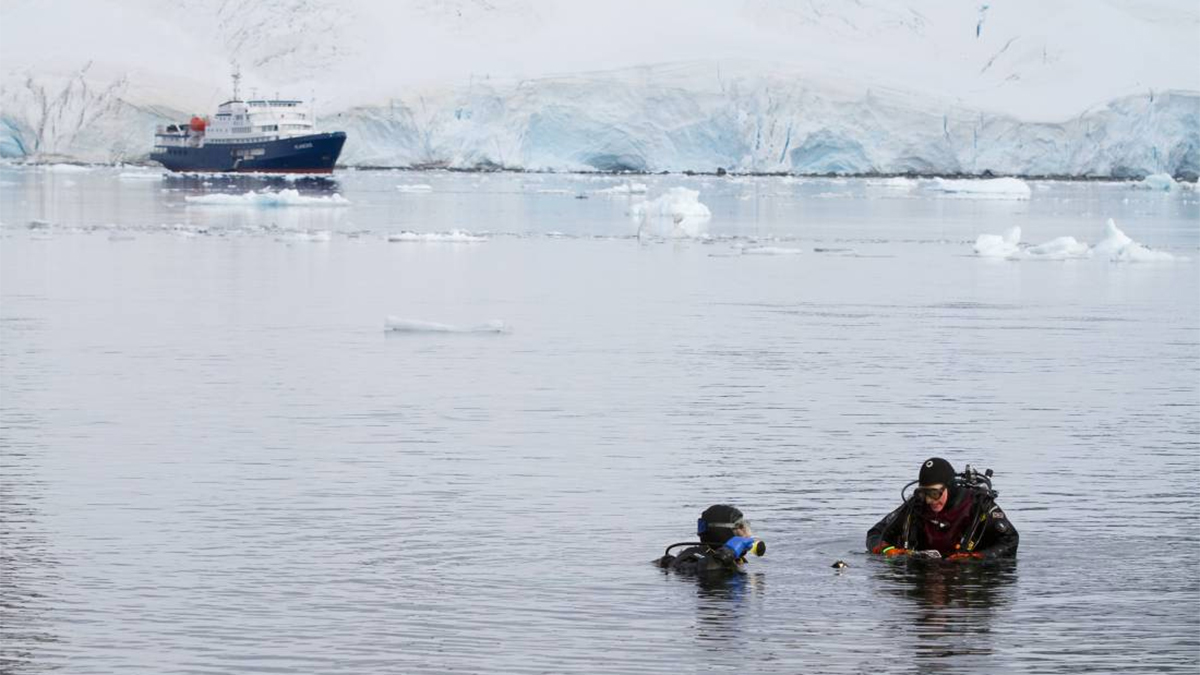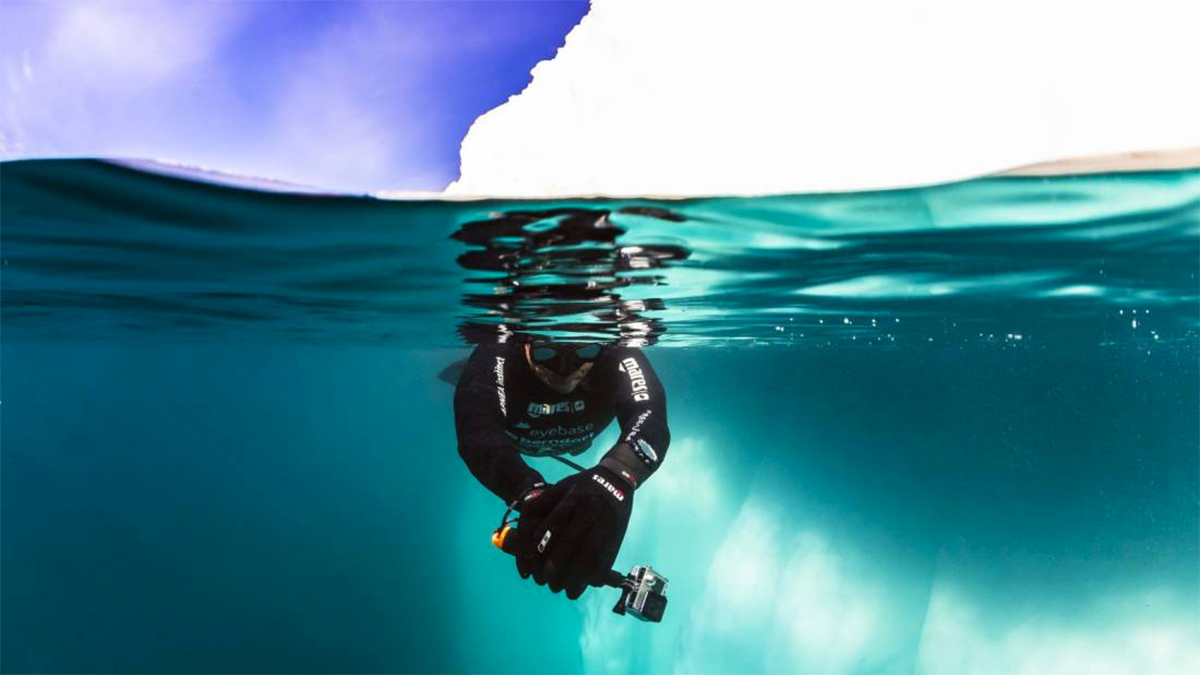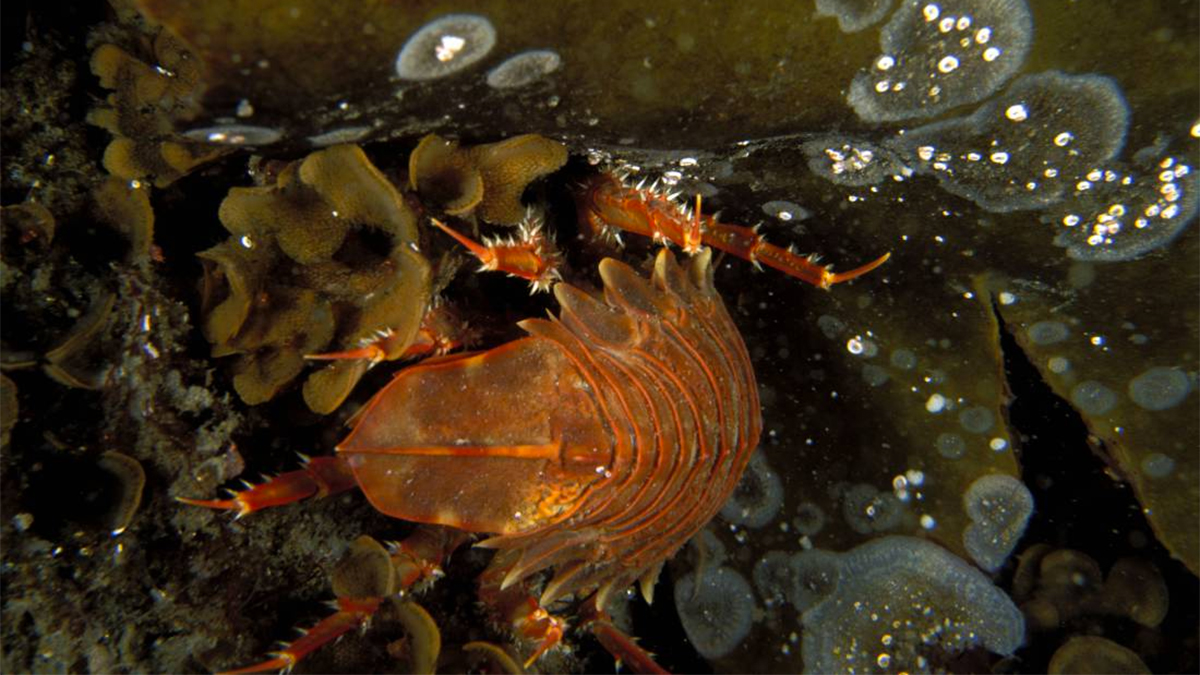There are things in life that one must experience firsthand to fully appreciate: skydiving, high stakes casino gambling, shooting a man in Reno just to watch him die (kidding). But, if you’re the sort of adrenaline junkie who needs even more to coax you out of bed in the morning, perhaps polar scuba diving at the ends of the world is more your speed.
Even ordinary scuba diving is dangerous. The average diver is often fifty or more feet down with nothing separating him from death except a fancy air hose and a thousand dollars worth of rental gear that may or may not be on a regular maintenance schedule. Yet, some divers dream of going further still. That’s where Oceanwide Expeditions comes in. The company facilitates cruises to the edges of the earth. Literally. They specialize in polar travel, taking divers by cruise ship to the world’s most frigid and remote destinations including Antarctica, the Arctic, Greenland, and Svalbard, Norway. These aren’t your typical liveaboard dive trips; they require advanced training, and there’s a strict “no beginners allowed” policy. The company expects every diver to provide written proof of at least 30 previous dives with some combination of cold-water and dry-suit experience.
In addition to the long list of very real dangers divers face, the polar regions carry a host of additional considerations. First and most obvious, is that the remote nature of any polar journey means the nearest medical assistance — including a decompression chamber — could be days away. If things go sideways, onboard doctors can render first aid assistance, but little else. The second major concern is shifting ice. Massive floes can quickly seal off entrance and exit points, unbeknownst to submerged divers. The sea water can also reach sub-freezing temperatures as low as 30ºF, which can wreak havoc on electronics and, of course, threaten hypothermia.
But, it’s not all bad. In fact, Antarctic diving, in particular, is some of the most spectacular and rewarding in the world. The display of sunlight below the shifting polar ice floes creates a dazzling underwater light display that’s unlike anywhere else on earth. The diversity of marine wildlife is extraordinarily rich with hundreds of unique species of anemones, jellyfish, lobsters, crabs, soft corals, and sea urchins. Penguins, leopard seals, and fur seals also frequent the waters. Because the water is rich with krill, it’s also a fertile feeding ground for larger marine mammals like whales.
Topside, passengers can avail themselves of a host of other polar-centric activities. Glacier camping, hiking, kayaking, ski mountaineering, and helicopter tours are all options.
Even with a small fleet, dates are available throughout the year. Prices vary widely, depending on the type of cruise you’re after, but expect to pay north of $5,000 USD (including taxes and a diving surcharge).








